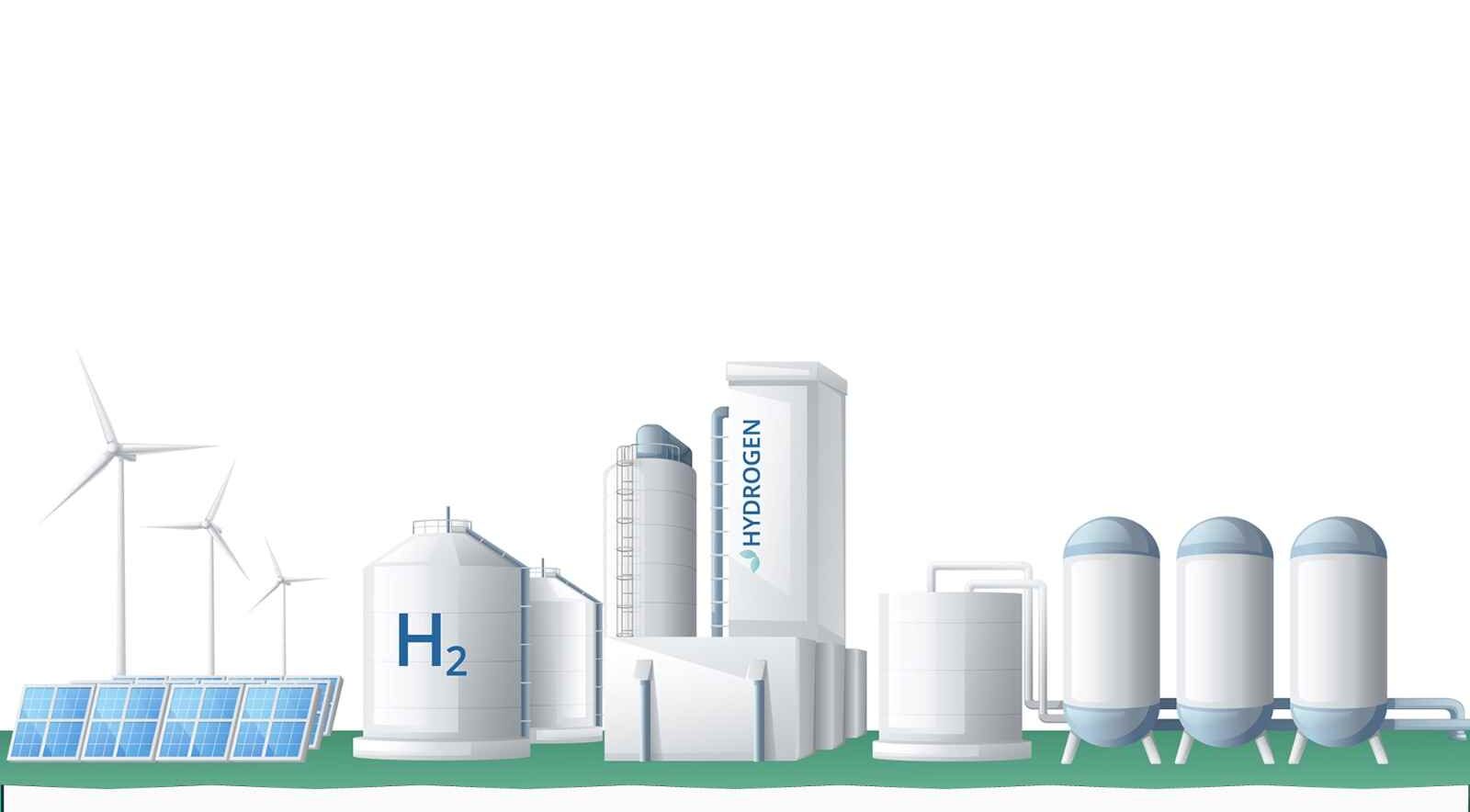MNRE gives new deadline for R&D proposals’ submission under National Green Hydrogen Mission

The Ministry of New & Renewable Energy has announced the extension of the deadline for research and development (R&D) proposals under the National Green Hydrogen Mission until April 27.
Initially set for submission by April 12, the ministry had invited the R&D proposals from the industry on March 16, 2024. This extension comes in response to stakeholder requests for additional time to submit high-quality proposals, as mentioned by the government in its official statement.
The objective of the Ministry of New & Renewable Energy is to facilitate the submission of comprehensive proposals by granting more time for institutions to prepare and submit their proposals.
Guidelines for implementing the R&D Scheme under the National Green Hydrogen Mission have been issued by the ministry, with a total budgetary allocation of ₹400 crore until 2025-26.
The R&D Scheme aims to improve the affordability, efficiency, safety, and reliability of processes and technologies involved in the green hydrogen value chain. Furthermore, it seeks to promote collaboration among industry, academia, and government to establish an innovation ecosystem for green hydrogen technologies.
Support under the R&D programme encompasses all aspects of the Green Hydrogen value chain, including production, storage, compression, transportation, and utilization.
The National Green Hydrogen Mission was launched on January 4, 2023, with an allocated budget of ₹19,744 crore until 2029-30, with an objective to advance the production, storage, transportation, and utilization of green hydrogen while enhancing its economic viability.
Recently, a new study conducted by Mumbai based Avendus Capital has suggested that the green hydrogen sector in India holds significant investment potential, projecting a cumulative opportunity of up to $125 billion by 2030. This surge is attributed to several factors including a growing emphasis on sustainability, proven commercial feasibility, expanding applications, and robust regulatory support.




